Care For A Tree Peony: How To Grow A Voluminous Shrub With Gorgeous Flowers
If you seek large, dramatic flowerheads and well supported shrubs, the tree peony is a stunning garden specimen. Here’s how to get the most from this desirable bloomer
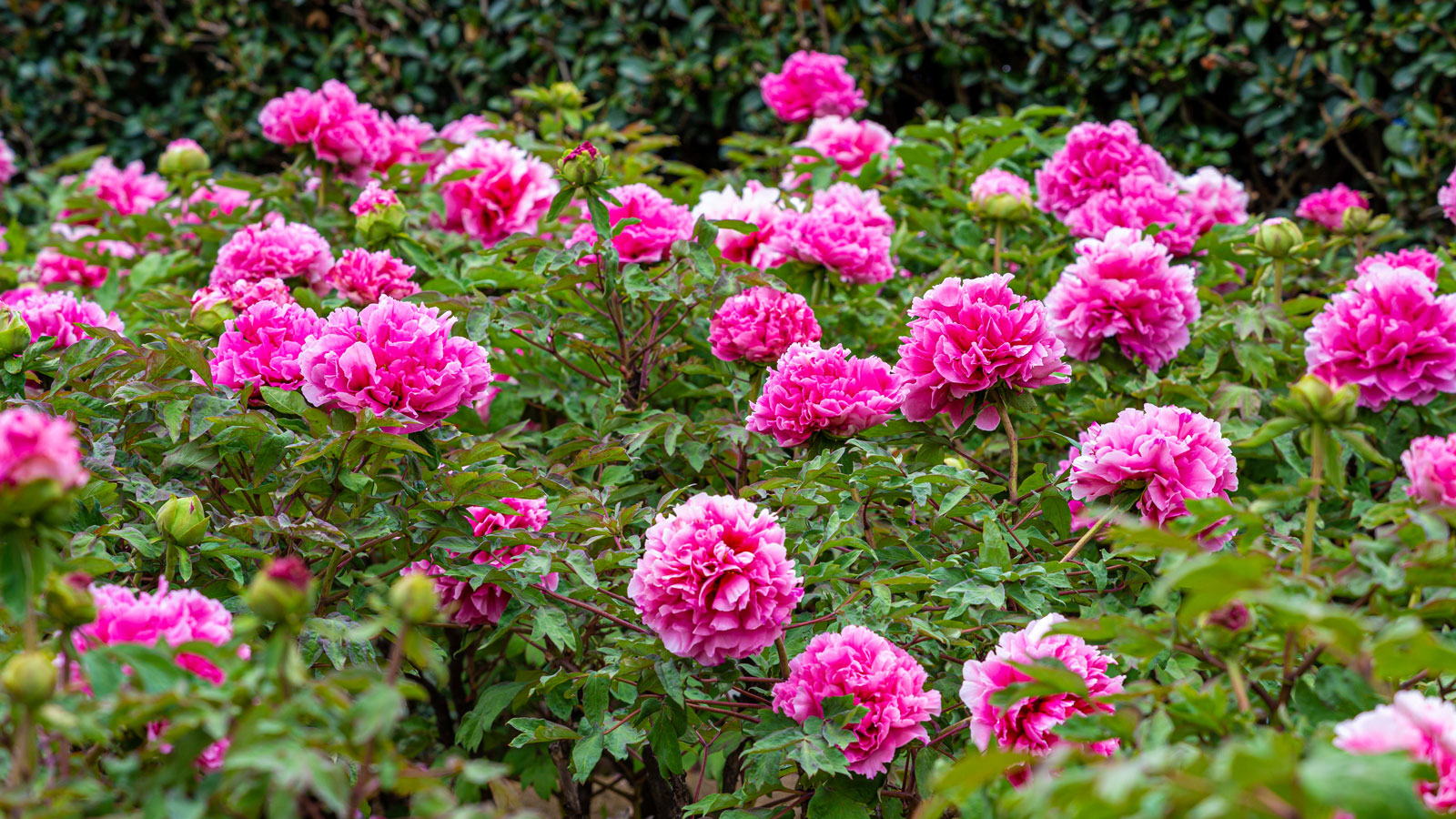
Quick Facts
Botanical name:
Paeonia suffriticosa
Height: 4-7 feet, 1.2-2m
Spread: 4-5 feet, 1.2-1.5m
Sun: Partial sun
Soil: Well-drained, rich
Hardiness zones: 3-9
When to plant: Fall
Flowering: Mid-spring
The tree peony (or Paeonia suffruticosa) is a beautiful spring blooming shrub that hails from China, where it is the national flower. Not to be confused with herbaceous peonies, tree peonies stand alone as tree-like shrubs. They bloom in the spring with profusions of large colorful flowers in hues of magenta, gold, white, cerise and lavender.
Once the blossoms have dropped, these striking peony types add structure to the garden until fall, when they dazzle all over again with their beautiful bronze and purple foliage. Find out how you can grow your own tree peonies for enduring majesty and splendor in the garden.
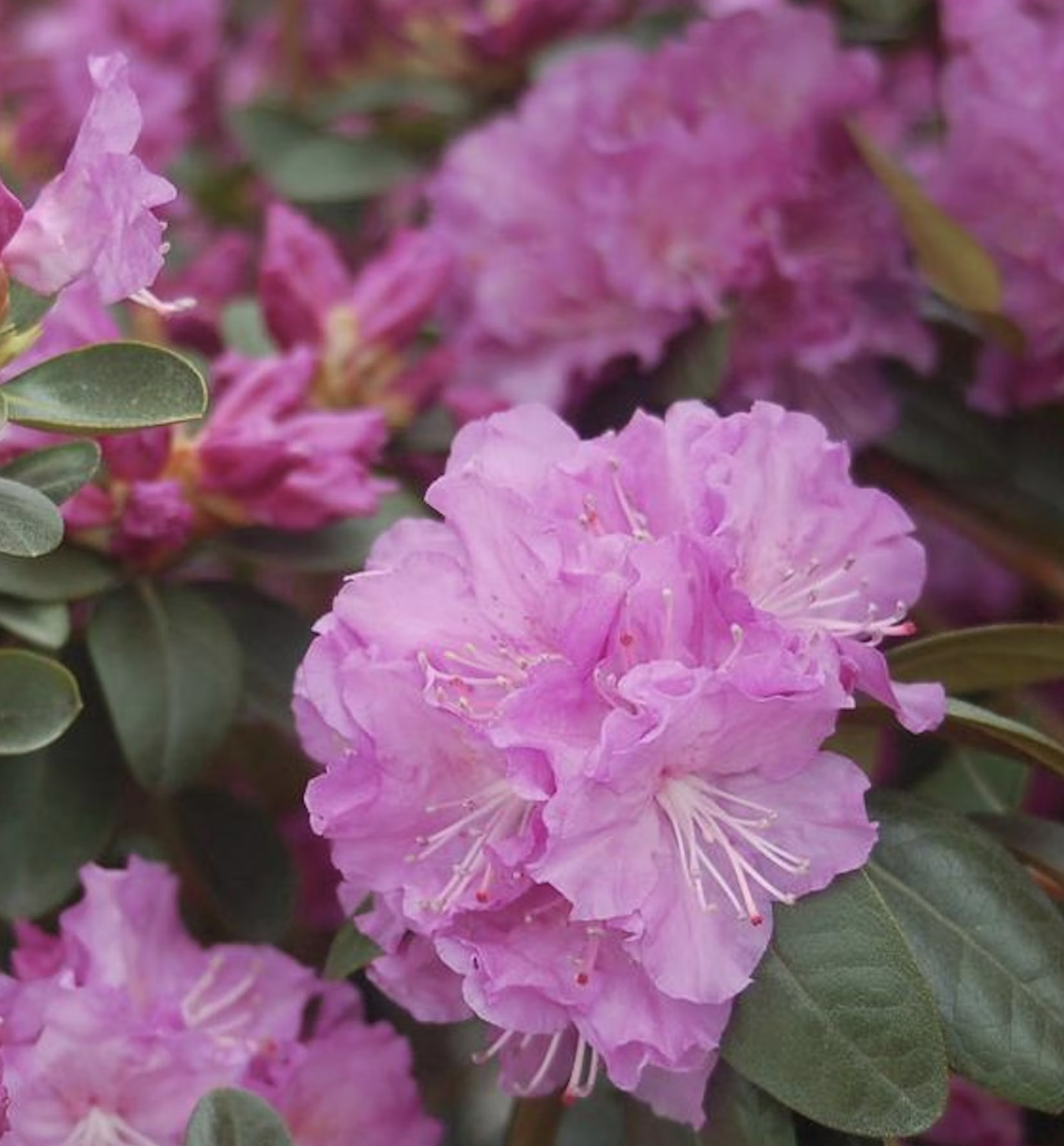
If you are looking for jewel-bright tones and floriferous shrubs to delight from spring to fall, try our curated picks in the Gardening Know How Shop.
How are Tree Peonies Different to Other Peonies?
Tree peonies grow taller than herbaceous peony varieties (Paeonia lactiflora), with a woody trunk and stem. Tree peonies can reach 7 feet (2m) tall, whereas herbaceous peonies and hybrid Itoh peonies rise to just 2-3 feet (60-90cm). Tree peonies are slower growing than their herbaceous counterparts. It may take up to four years from planting to see any of the peony’s gorgeous flowers. They are also more difficult to find and more expensive than herbaceous peonies.
The key difference, though, is that herbaceous peonies are perennials that die back in the fall and come back up from roots in the spring. Tree peony stems persist through the cold season. Tree peonies lose their foliage in fall, but their woody stems do not die back to the ground. This is a major difference if you are particularly concerned about supporting peonies, as these plants hold their shape very well.
Herbaceous peonies are also more cold hardy (they are hardy to USDA zone 2. Generally, peonies prefer at least five or six hours of sunshine per day, but tree peonies prefer some light or dappled shade.
Best Tree Peony Care
With the proper care, a properly placed tree peony can live for up to a hundred years. Tree peony care is not any more complicated than herbaceous peony care, as long as you follow these essential guidelines:
- Light & Warmth: Tree peonies will tolerate sun in cooler areas, but if your region has hot summers, plant in part sun and shade to protect their blooms and delicate foliage from the afternoon rays. Tree peonies are hardy to -20°F (-29°C). Tree peonies do best in dappled sun in southern regions and full sun in the northern states.
- Water & Soil: Tree peonies are intolerant of drought and should be kept consistently moist, but in well-draining soil. Like other peonies, this type dislikes wet roots. Their soil should be fertile but well-draining. Tree peonies like soil with a neutral or slightly alkaline pH. Tree peonies also prefer a site where they do not have to compete with roots from other shrubs or trees. They do best with perennial companion plants.
- Fertilizer: In spring, apply a general-purpose fertilizer with a slightly higher phosphorus level (5-10-5) to feed these peonies. Tree peonies may also benefit from an annual feeding of iron sulfate and bone meal in spring. Mulch around plants with a 4 inch (10cm) layer of garden compost or aged manure, avoiding the trunks.
- Problems, Pests & Diseases: Tree peonies are not as susceptible to ants as other peony types. However, they are prone to canker, leaf blight and stem wilt. Fungal peony diseases like root rots may also afflict the plant, especially if the soil is compact. Water directly at the root zone to cut down on fungal problems. A layer of mulch over the root zone before winter can prevent the risk of borers.
- Pruning & Deadheading: Tree peonies can take years to establish, and up to four years to flower after planting. In the first few years, do not prune these shrubs. Thereafter, you should only need to worry about peony pruning with these shrubs if you need to cut out dead, diseased or broken branches or deadhead fading peony blossoms.
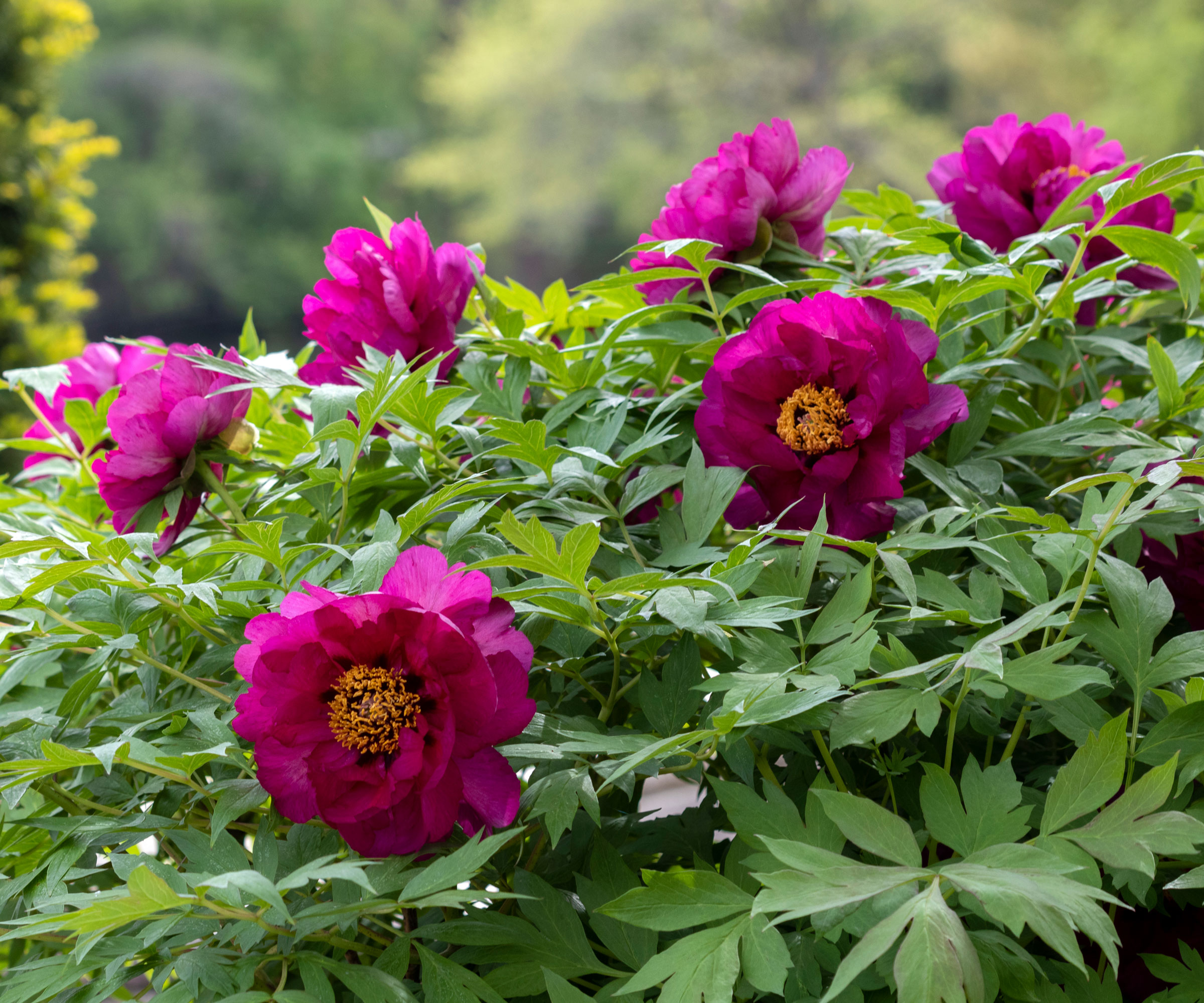
How to Plant a Tree Peony
Tree peonies should be planted as bare roots in the fall. You may also find them as potted specimens. Potted tree peony plants can also be planted in the fall or in spring. Just avoid summer months when temperatures are at their zenith. Unlike certain other peony types, keeping tree peonies in containers is not advised, unless your pots are very deep and wide to support roots.
The planting site should be away from the roots of other trees in soil and 3 feet (1m) away from neighboring plants. Soil should be well-drained and rich in organic matter. It should also be neutral to slightly alkaline. If need be, amend the soil with garden compost or well aged manure, and incorporate additional iron in the form of iron sulfate. A soil test will tell you if you need to amend the soil before planting.
Gardening tips, videos, info and more delivered right to your inbox!
Sign up for the Gardening Know How newsletter today and receive a free copy of our e-book "How to Grow Delicious Tomatoes".
Tree peonies can be grown in full sun in northern climates, but in the hot sun of the south, plant in a part of the garden that is shaded midday by other trees or buildings. Spread a 4 inch (10cm) layer of mulch around the tree to retard weeds and retain moisture.
Bear in mind that tree peonies can be slow to establish and may not flower in the first few years after planting. Tree peonies do not like to be dug up and transplanted. Once established, they are low maintenance and drought tolerant. However, you should not move these peonies once planted as they do not transplant well.
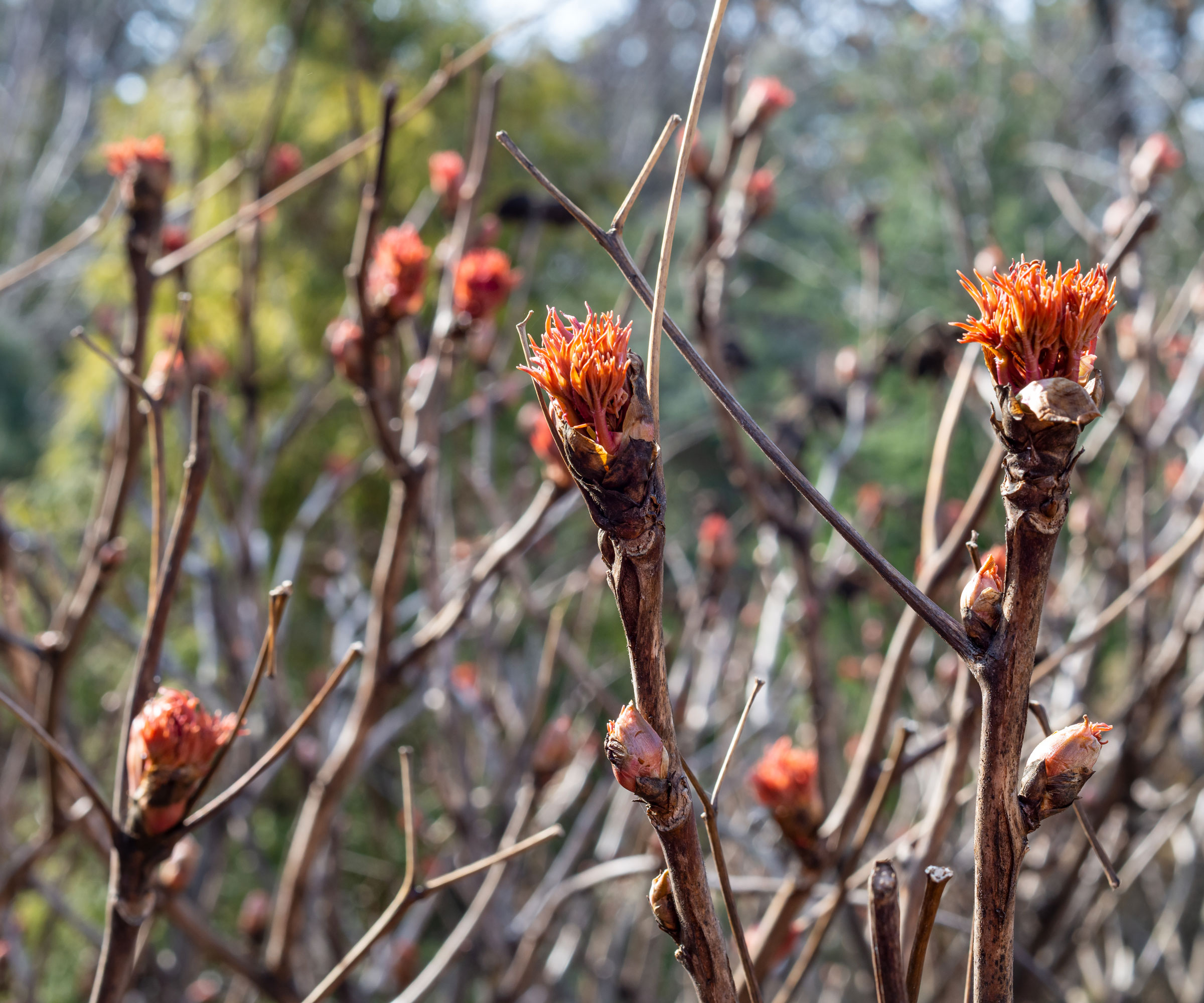
Propagation and Repotting Tree Peonies
Tree peonies are a little tricky to propagate by harvesting seeds or dividing plants, which is a big reason why they tend to be a little more expensive than other types of peony. They are generally grafted, but you can take cuttings from mid-August to October, when the buds are full and the stem isn’t yet too woody. Choose large terminal buds (scions) for your cuttings. Remember it will take several years before you’re rewarded with flowers.
In terms of repotting, tree peonies are generally happiest in the ground. Still, if you have previous experience with growing large perennials in containers, you might be able to do it. However, as pointed out, they do not like to be transplanted. Choose the largest container you can to allow for as many years of uninterrupted growth as possible. Tree peonies do not like to be dug up and moved, so repotting is not ideal.
What are Japanese Tree Peonies?
Peonies are the king of flowers in Asia. At one time, only the emperor could be surrounded by their beautiful blossoms and they were considered highly desirable. Tree peonies arrived in Japan in the 8th century CE, brought by traveling monks. Over hundreds of years, tree peonies were grown and used medicinally until the Edo period (1603-1868), when they became a phenomena and were widely cultivated.
In the mid-19th centuries, the Japanese tree peony arrived in Europe. By the 1890s, they had reached the United States. Today, Japanese peonies are difficult (though not impossible) to find, but you can get stunning hybrids derived from Japanese tree and P. lutea peonies, such as the yellow ‘High Noon’ and apricot ‘Marchioness’.
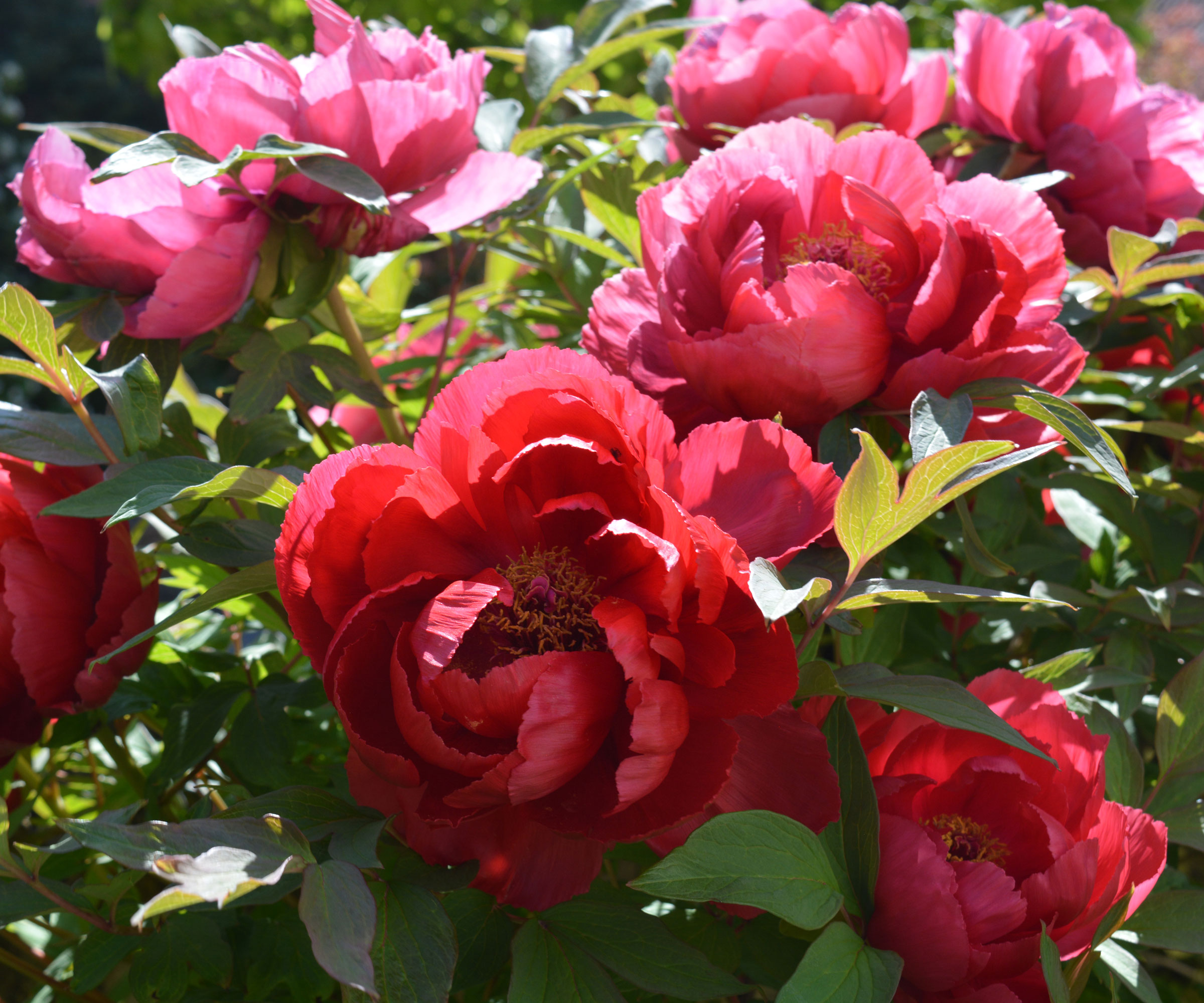
Frequently Asked Questions
Why Are Tree Peonies So Expensive?
Tree peonies are pricey in part because they take a long time, four years or so, from transplanting to bloom. They are not considered to be as easy to propagate as certain other peonies. They also don’t like to be moved and are susceptible to any significant adjustments in growing conditions.
What are the Best Tree Peony Varieties?
You can get tree peonies in single, semi double and double varieties. Varieties you are most likely to come across include fluffy white ‘Renkaku’ creamy yellow, ‘High Noon’ and bright pink ‘Hanakisoi’. Other gorgeous tree peony varieties are early season ‘Black Pirate’, compact maroon double ‘Vesuvian’, buttery ‘Age of Gold’, and lush deep red ‘Dusky Maiden’, with foliage that also assumes red autumnal hues.
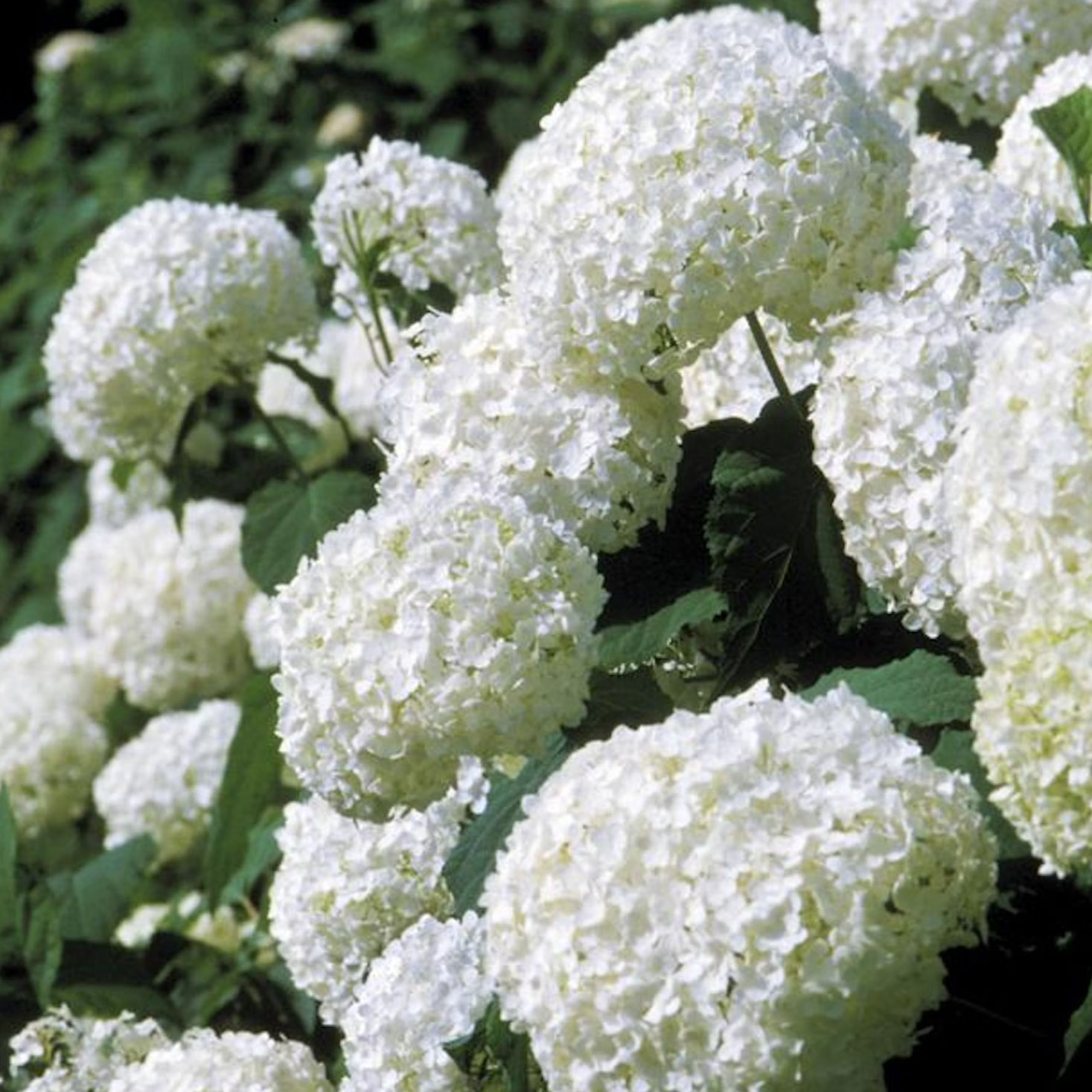
Make some room for even more grand floral displays with one of the awesome hydrangeas available at the Gardening Know How Shop.
Other Inspiring Shrub and Landscaping Ideas
- If you’re keen to cultivate grand shrubs that put on a fantastic show early in the season, check out these spectacular spring flowering bushes for bursts of uplifting color and cheer.
- Hungry for hardworking statement plants that can boost your garden’s curb appeal, our rundown of the high impact shrubs to grow in front lawns and front yards can help you elevate your garden’s street credentials.
- Looking to bring more pollinators to your backyard and looking for the safest and most garden-friendly options for your area? These native flowering shrubs for pollinators are beautiful blooming options for bees, butterflies and other wildlife.
- Want to guarantee the most prolific and dramatic blooming shrubs in your beds and borders? Here are the best flowering bushes for dynamic displays year round.
This article features products available from third party vendors on the Gardening Know How Shop. Keep in mind that our plant inventory is limited - so if you’re thinking of purchasing, don’t wait!

Amy Grant has been gardening for 30 years and writing for 15. A professional chef and caterer, Amy's area of expertise is culinary gardening.
- Amy DraissDigital Community Manager
- Darcy Larum
-
 Pruning Limelight Hydrangea Bushes For Bigger Blooms & Stronger Plants
Pruning Limelight Hydrangea Bushes For Bigger Blooms & Stronger PlantsPruning 'Limelight' hydrangea will benefit the shrub. Flowers will be more bountiful the next year and branches will be stronger. Learn how and when to prune.
-
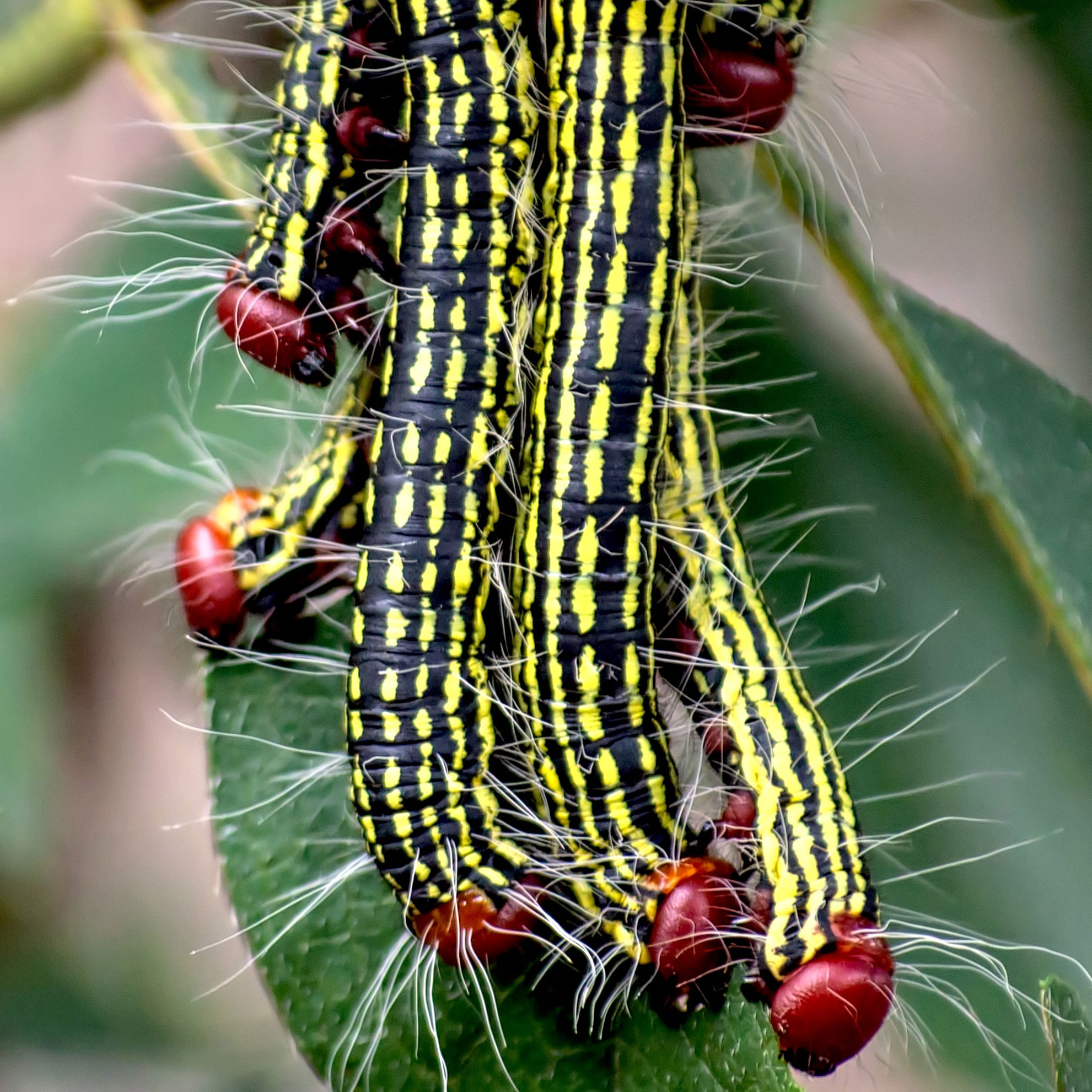 What’s Wrong With Your Azaleas? Identify, Tackle And Prevent 6 Common Azalea Pests
What’s Wrong With Your Azaleas? Identify, Tackle And Prevent 6 Common Azalea PestsIf you’ve spotted signs of azalea leaf damage, don’t panic – here’s how to identify the most common azalea pests so you can take action swiftly and keep plants healthy
-
 Pruning Limelight Hydrangea Bushes For Bigger Blooms & Stronger Plants
Pruning Limelight Hydrangea Bushes For Bigger Blooms & Stronger PlantsPruning 'Limelight' hydrangea will benefit the shrub. Flowers will be more bountiful the next year and branches will be stronger. Learn how and when to prune.
-
 What’s Wrong With Your Azaleas? Identify, Tackle And Prevent 6 Common Azalea Pests
What’s Wrong With Your Azaleas? Identify, Tackle And Prevent 6 Common Azalea PestsIf you’ve spotted signs of azalea leaf damage, don’t panic – here’s how to identify the most common azalea pests so you can take action swiftly and keep plants healthy
-
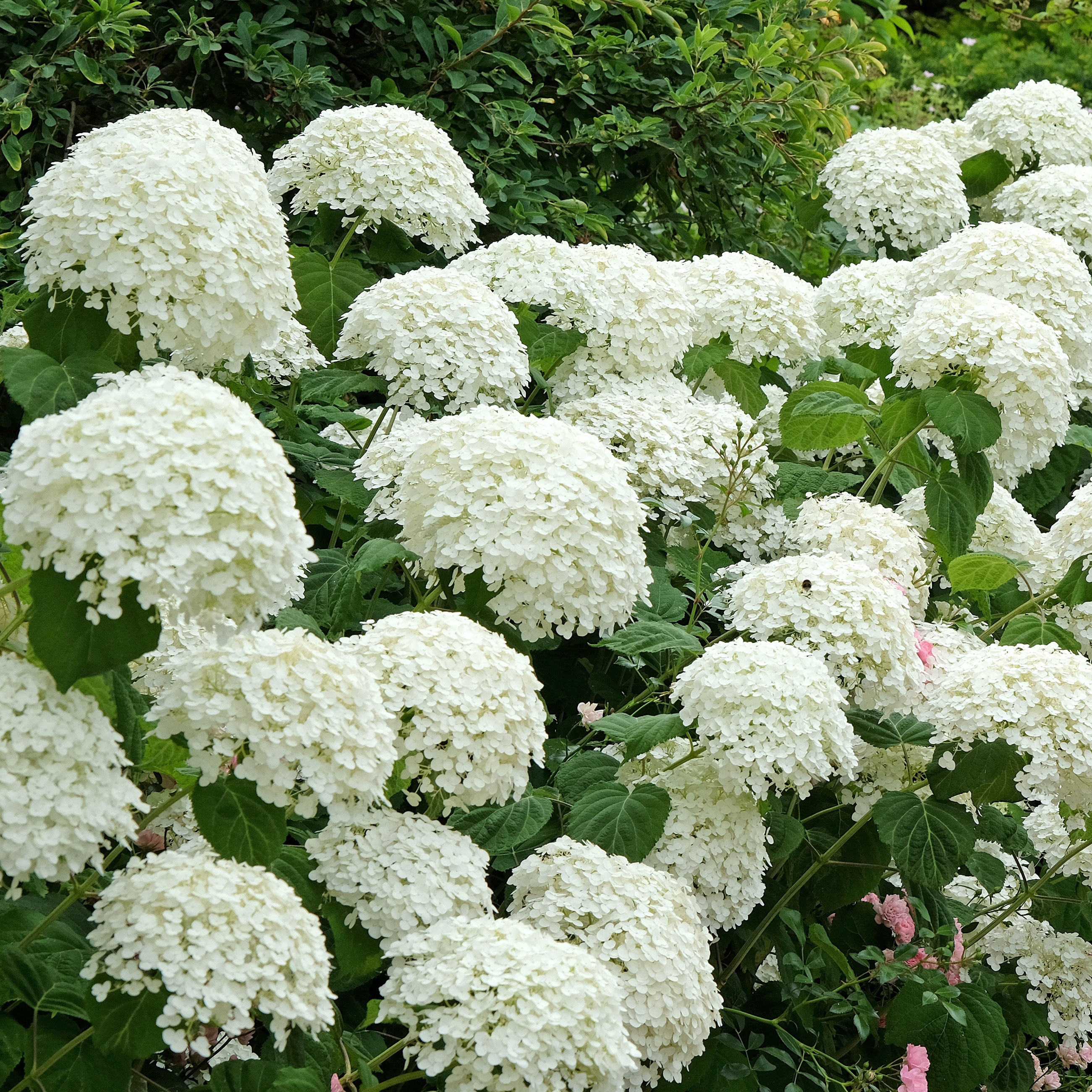 Native Hydrangea Varieties In North America – 8 Sensational Smooth And Oakleaf Varieties For Hardy Blooms And Multi-Season Beauty
Native Hydrangea Varieties In North America – 8 Sensational Smooth And Oakleaf Varieties For Hardy Blooms And Multi-Season BeautyHydrangeas are beloved for their enduring visual dynamics – but if you go native, they’re even better. Here are the most captivating native hydrangea varieties you can grow
-
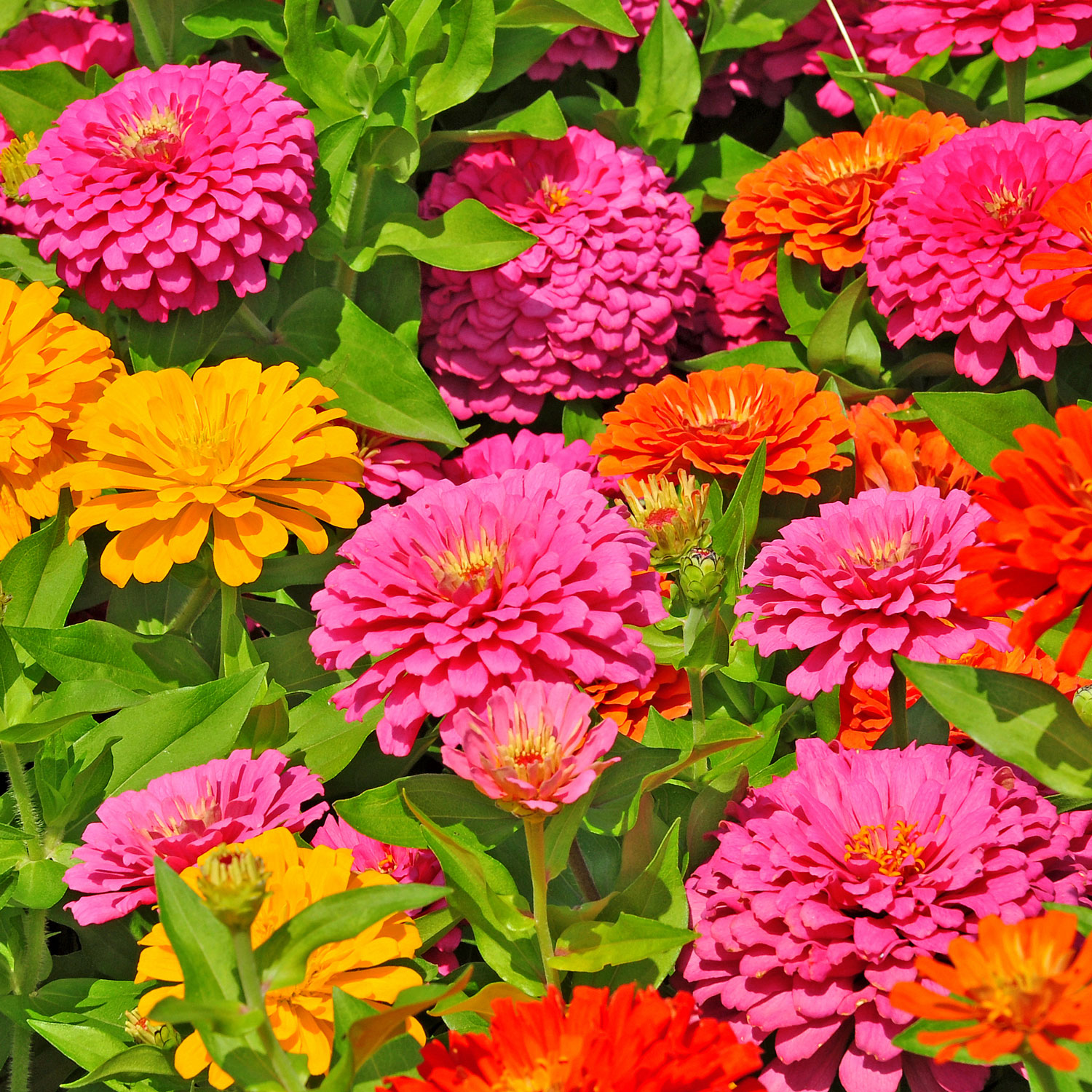 Which Plants Give The Most Color? Try These 10 Colorful Plants For A Bold And Beautiful Garden
Which Plants Give The Most Color? Try These 10 Colorful Plants For A Bold And Beautiful GardenEvery garden can benefit from a splash of color to brighten up dull corners, showcase beds, fill pots, and lift the spirits. Here are 10 of the most colorful plants
-
 Grow These 8 Pretty Peony Colors To Include In Your Garden For A Spectacular Spring Rainbow
Grow These 8 Pretty Peony Colors To Include In Your Garden For A Spectacular Spring RainbowThere are as many shades of peony as there are types of garden – each more gorgeous than the last. Discover some of the most exhilarating peony colors for your yard
-
 Grow ‘Karl Rosenfield’ Peony Plants For The Ultimate Frilly Border Beauties And Cut Flowers
Grow ‘Karl Rosenfield’ Peony Plants For The Ultimate Frilly Border Beauties And Cut FlowersFor frilly double magenta peony petals infused with a heady fragrance, grow ‘Karl Rosenfield’ peony plants. Here’s how to cultivate the ultimate plushy blooms
-
 ‘Coral Charm’ Peony Care For Sublime Semi-Double Peonies With Lush Salmon Pink Flowers
‘Coral Charm’ Peony Care For Sublime Semi-Double Peonies With Lush Salmon Pink FlowersPeonies are known for their soft baby pink or magenta tones, but if plushy coral blooms are your thing, here’s our guide to the ultimate ‘Coral Charm’ peony care
-
 Want The Longest Lasting Hydrangea Flowers? Grow These 8 Panicle Hydrangea Varieties
Want The Longest Lasting Hydrangea Flowers? Grow These 8 Panicle Hydrangea VarietiesFor ornamental shrubs that deliver the longest flowering seasons with plush blooms and delicate hues, these panicle hydrangea varieties are essential in your yard